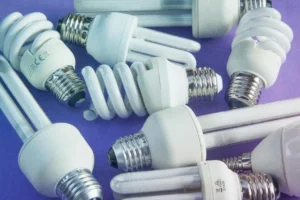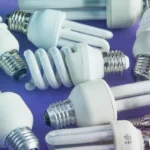With the constant requirement of energy and at the same time a pressure to manage nuclear waste, a very opportune possibility came out of an invention in 2018. A team of researchers from the University of Bristol managed to build a robot, called “dragon egg”, which was powered by nuclear energy from a radioactive battery.
This robot here was used to monitor an active volcano in 2018, but it laid down many other possibilities for Tom Scott, a materials scientist at Bristol. Scott and his team have been trying to create a version of dragon egg’s batteries which could last for thousands of years without the need for charging or replacement. And the best part about these batteries would be their source of energy – radioactive diamonds made from reformed nuclear waste.
Earlier this month, Scott and his collaborator, a chemist at Bristol named Neil Fox, created a company called Arkenlight to commercialize their nuclear diamond battery. Although the fingernail-sized battery is still in a prototyping phase, it’s already showing improvements in efficiency and power density compared to existing nuclear batteries. Once Scott and the Arkenlight team have refined their design, they’ll set up a pilot facility to mass-produce them. The company plans for its first commercial nuclear batteries to hit the market by 2024—just don’t expect to find them in your laptop.
Conventional chemical or “galvanic” batteries, like the lithium-ion cells in a smartphone or the alkaline batteries in a remote, are great at putting out a lot of power for a short amount of time. A lithium-ion battery can only operate for a few hours without a recharge, and after a few years, it will have lost a substantial fraction of its charge capacity. Nuclear batteries or betavoltaic cells, by comparison, are all about producing tiny amounts of power for a long time. They don’t put out enough juice to power a smartphone but depending on the nuclear material they use, they can provide a steady drip of electricity to small devices for millennia.
“Can we power an electric vehicle? The answer is no,” says Morgan Boardman, Arkenlight’s CEO. To power something that energy-hungry, he says, means “the mass of the battery would be significantly greater than the mass of the vehicle.” Instead, the company is looking at applications where it is either impossible or impractical to regularly change a battery, such as sensors in remote or hazardous locations at nuclear waste repositories or on satellites.







